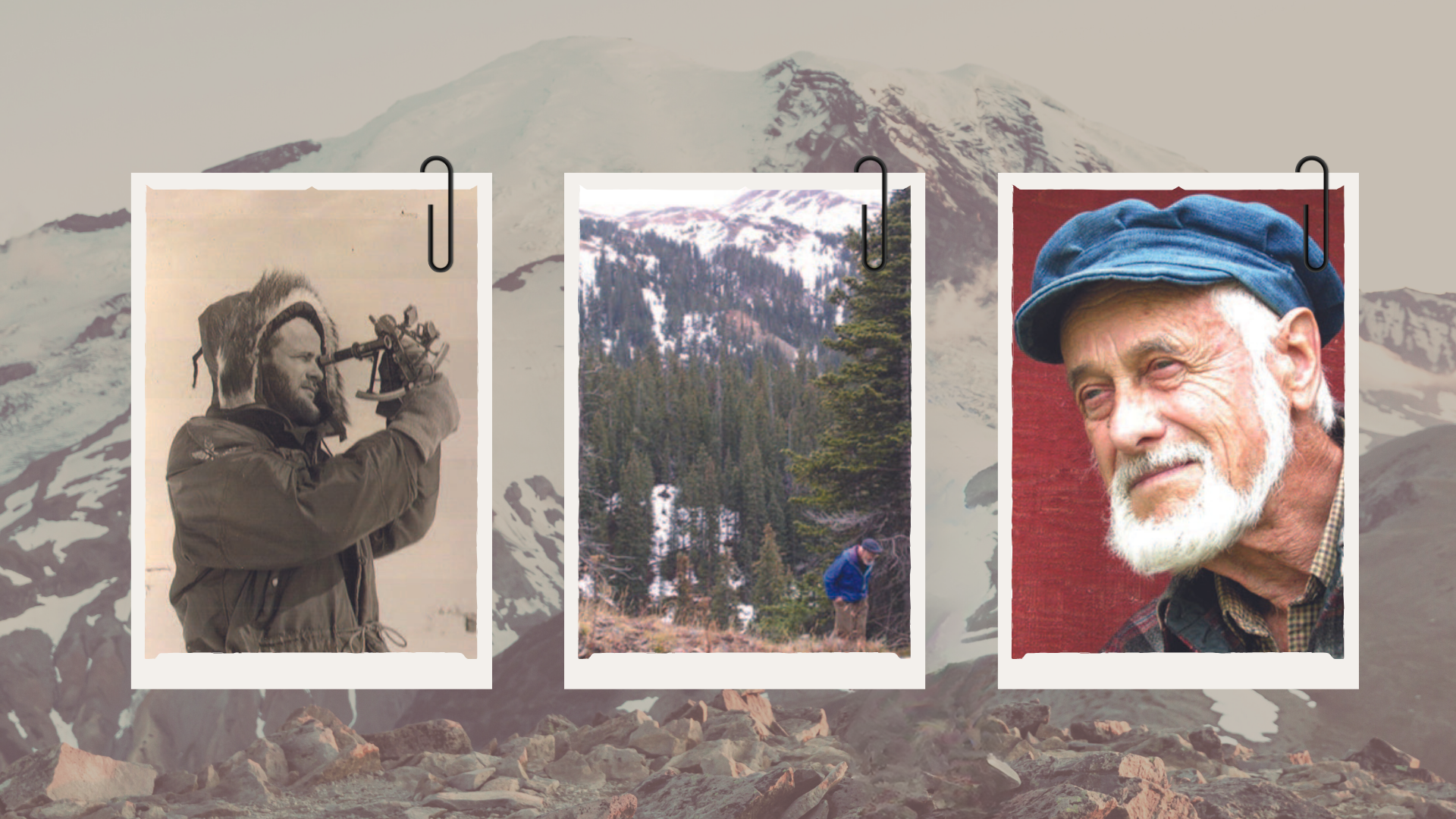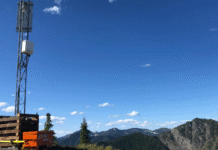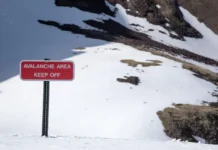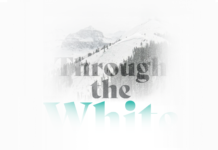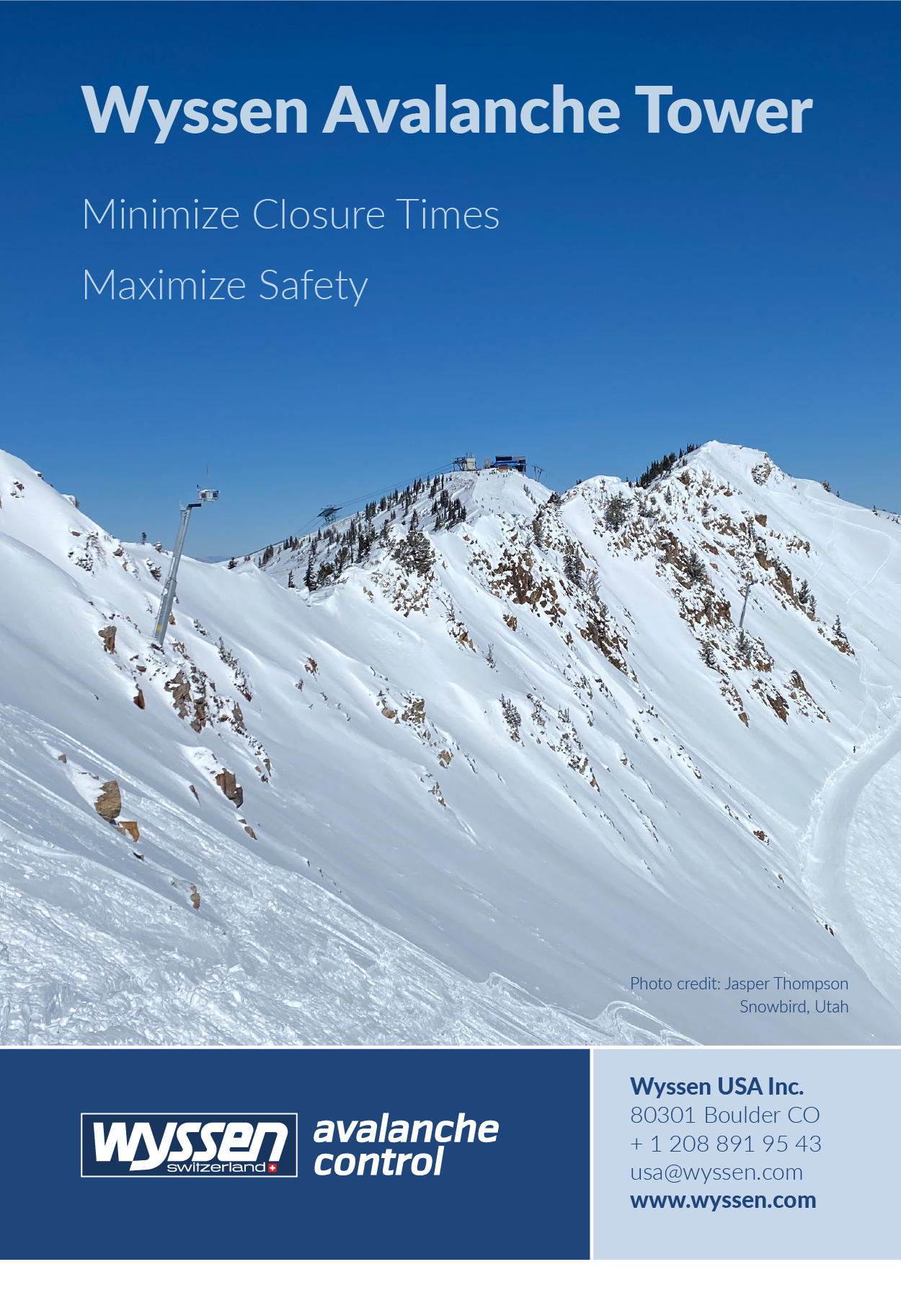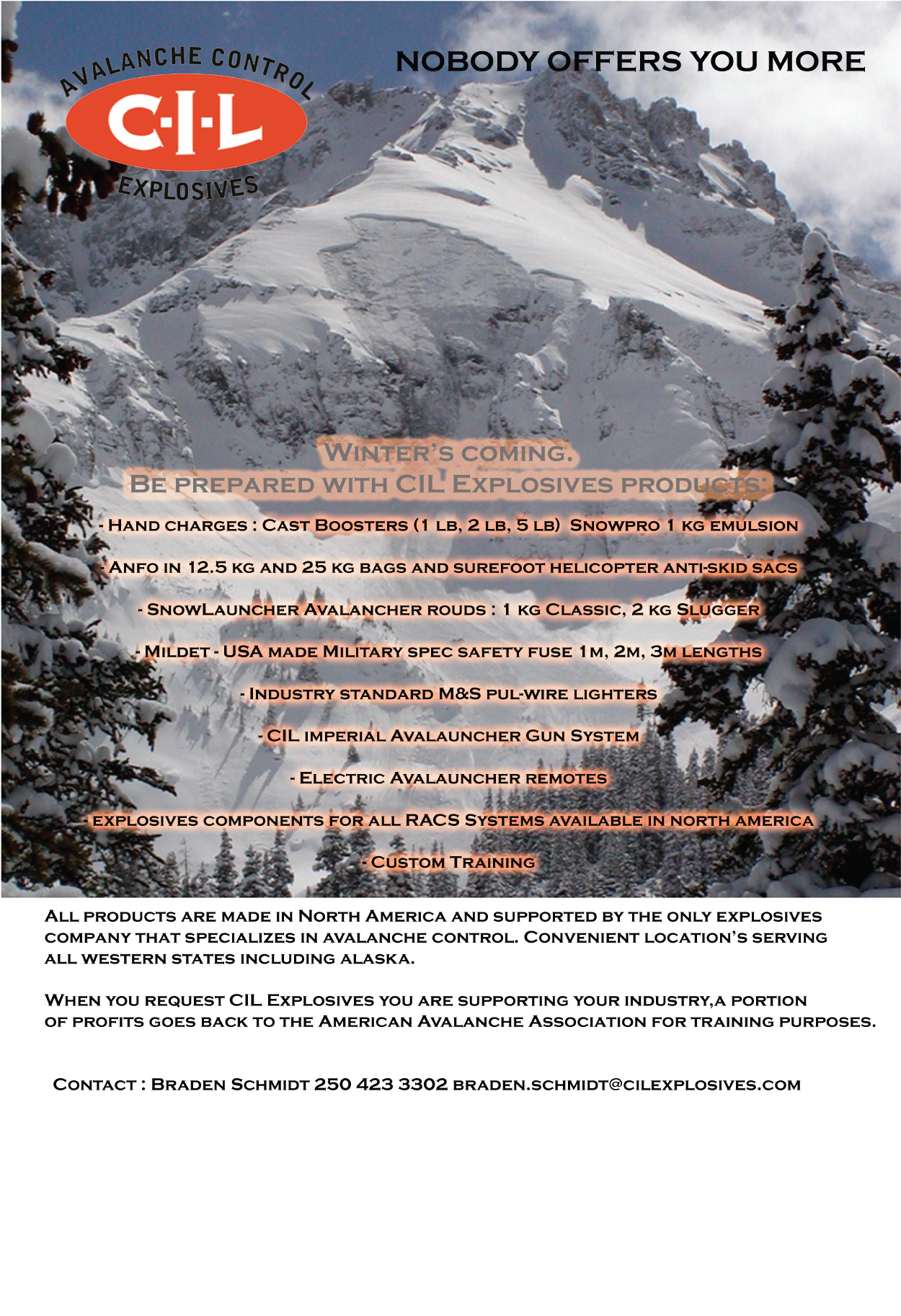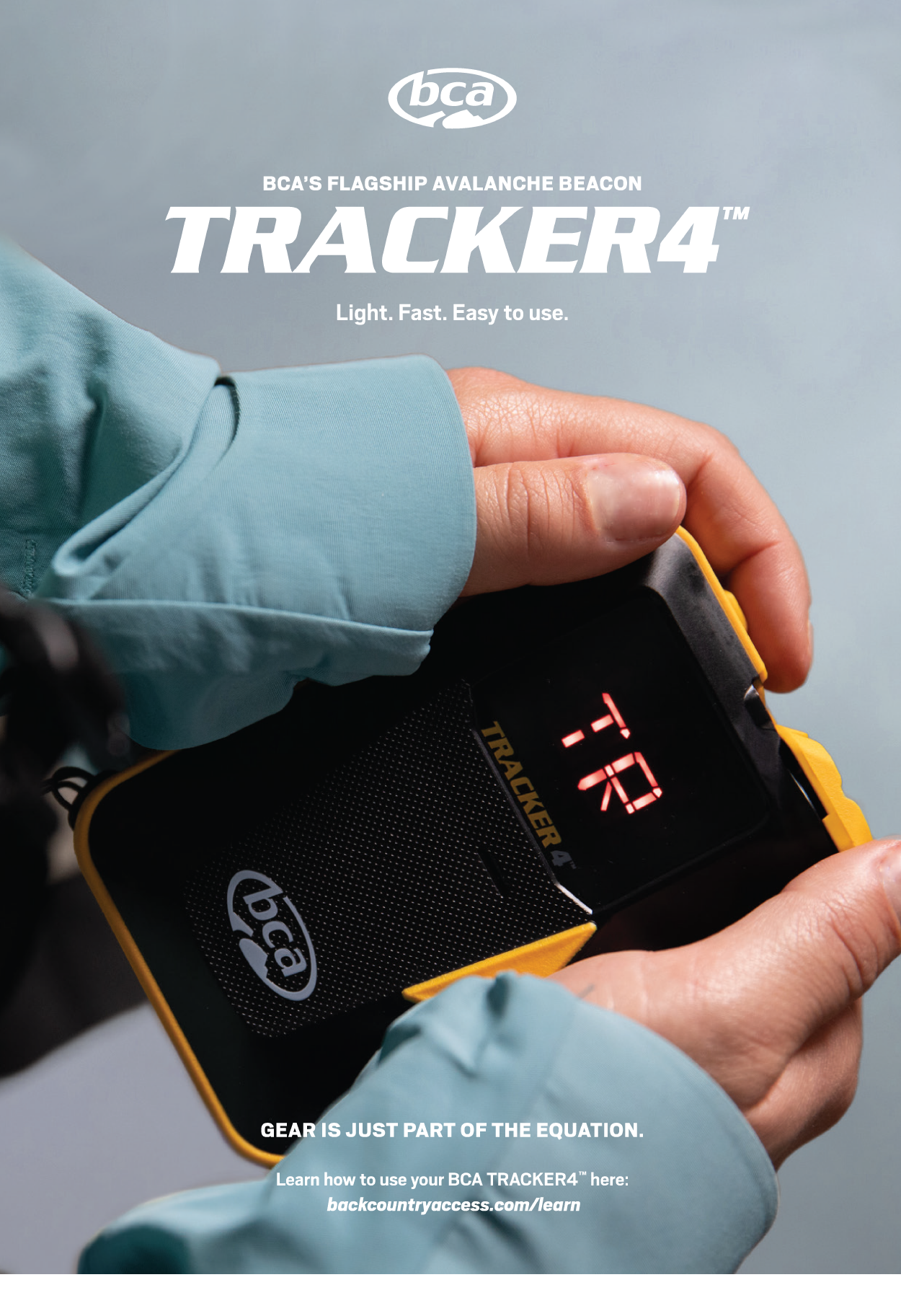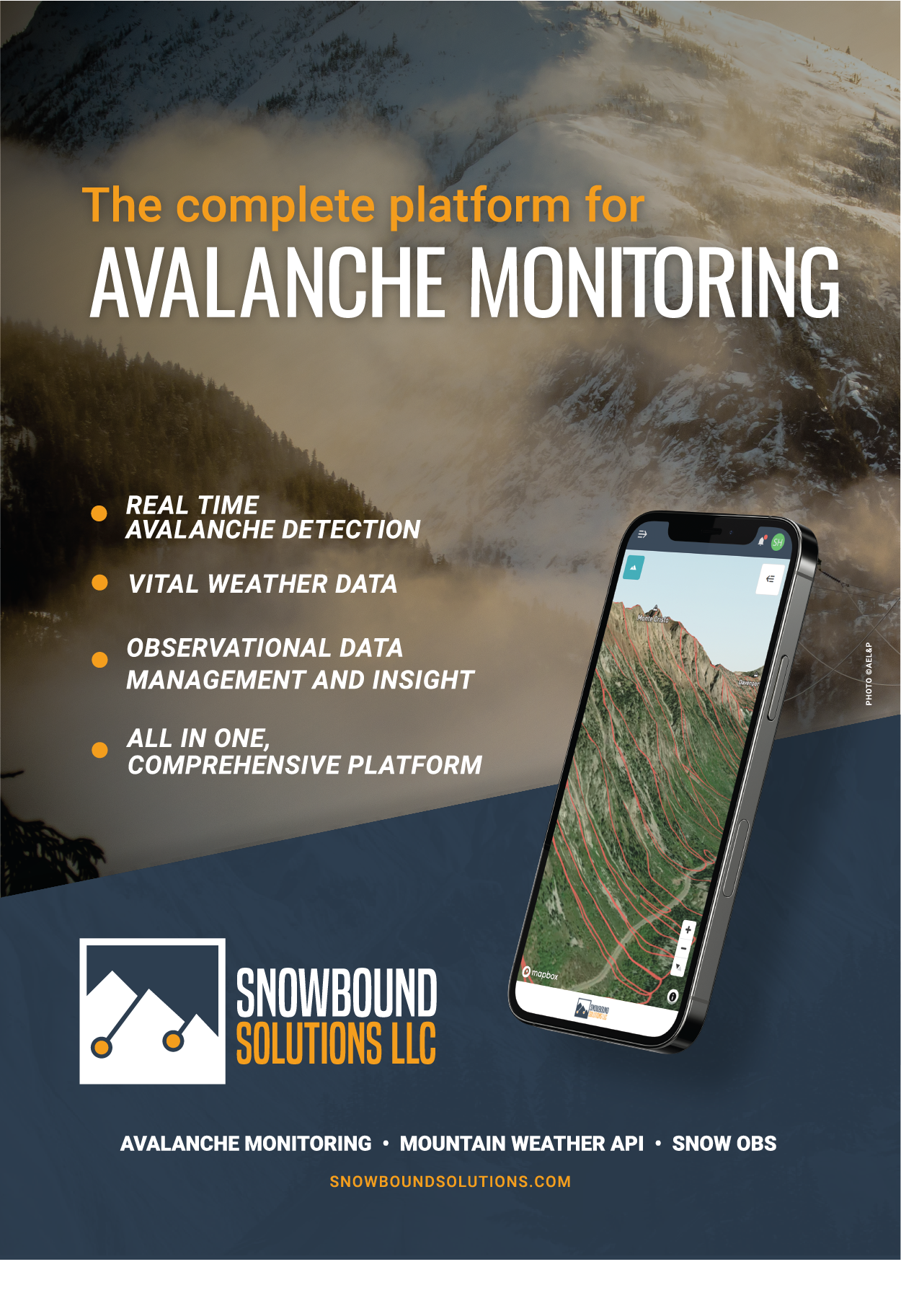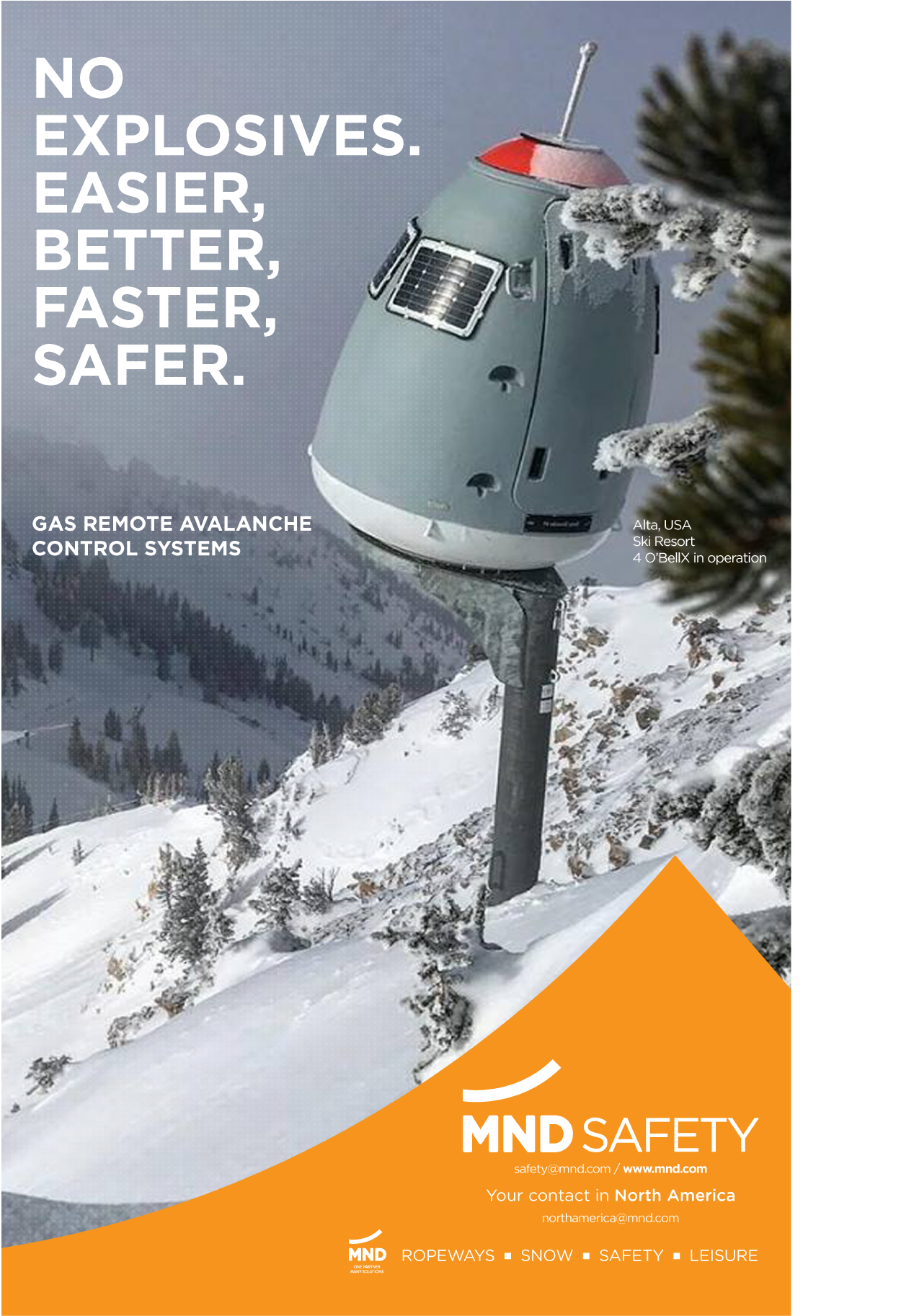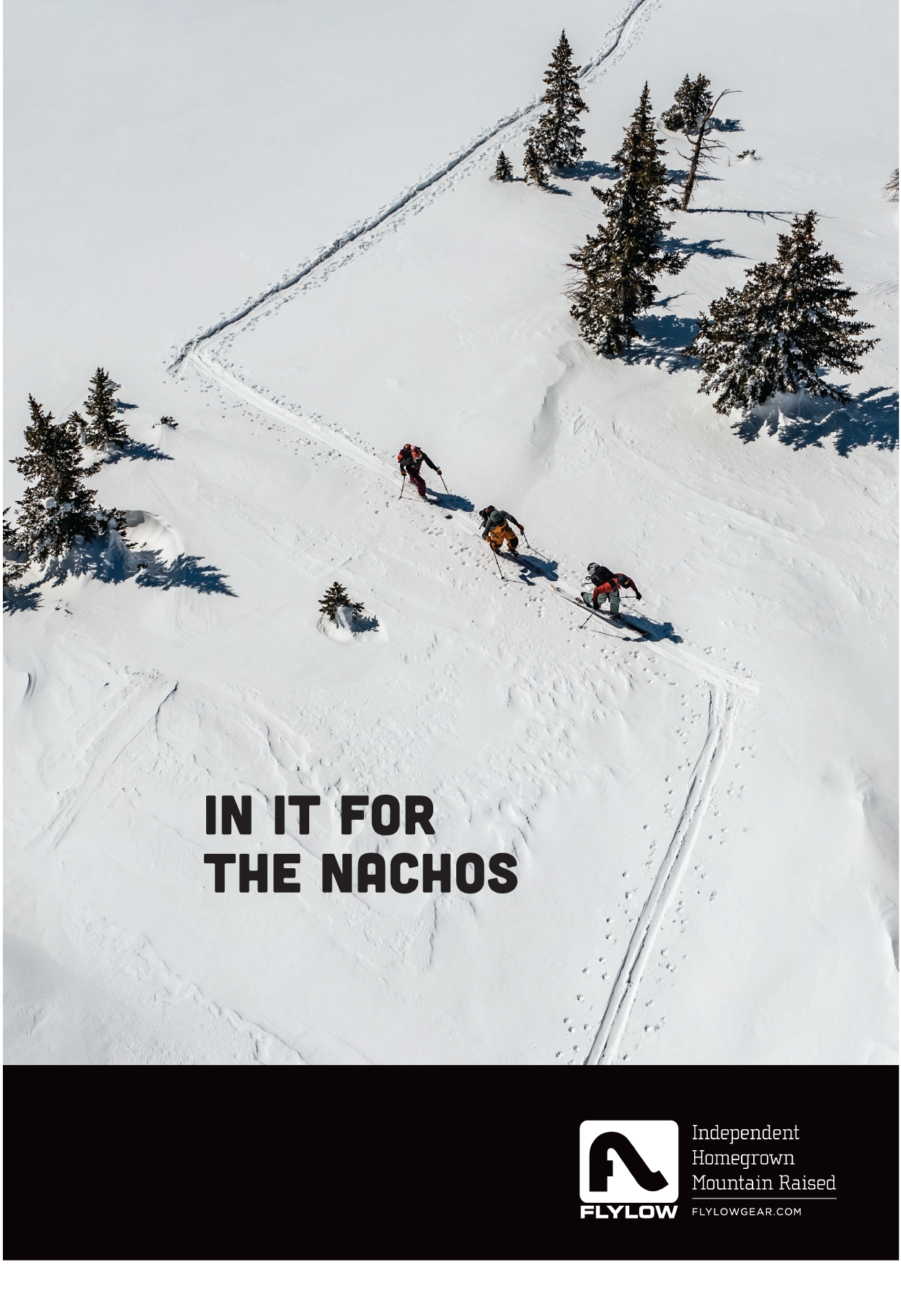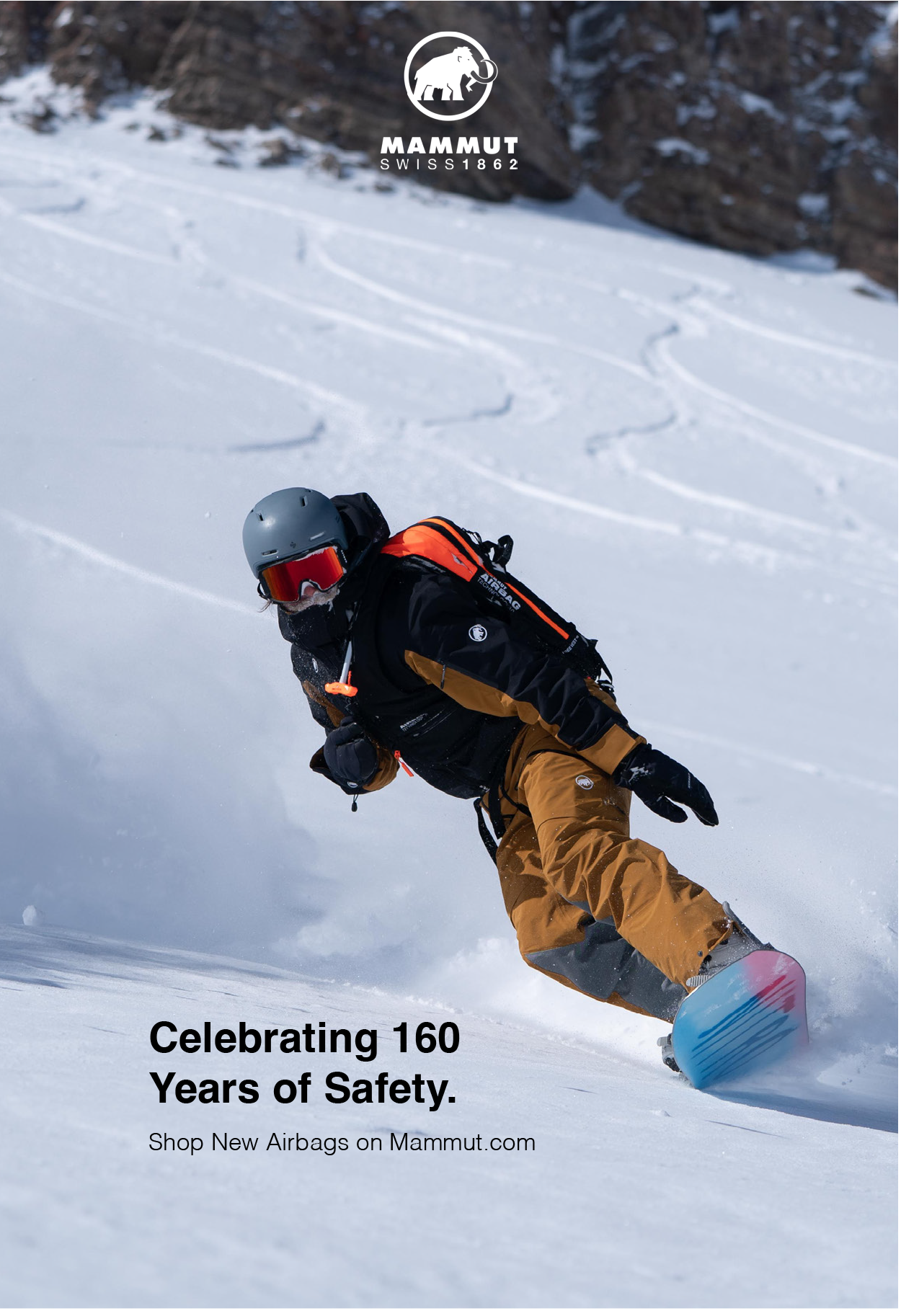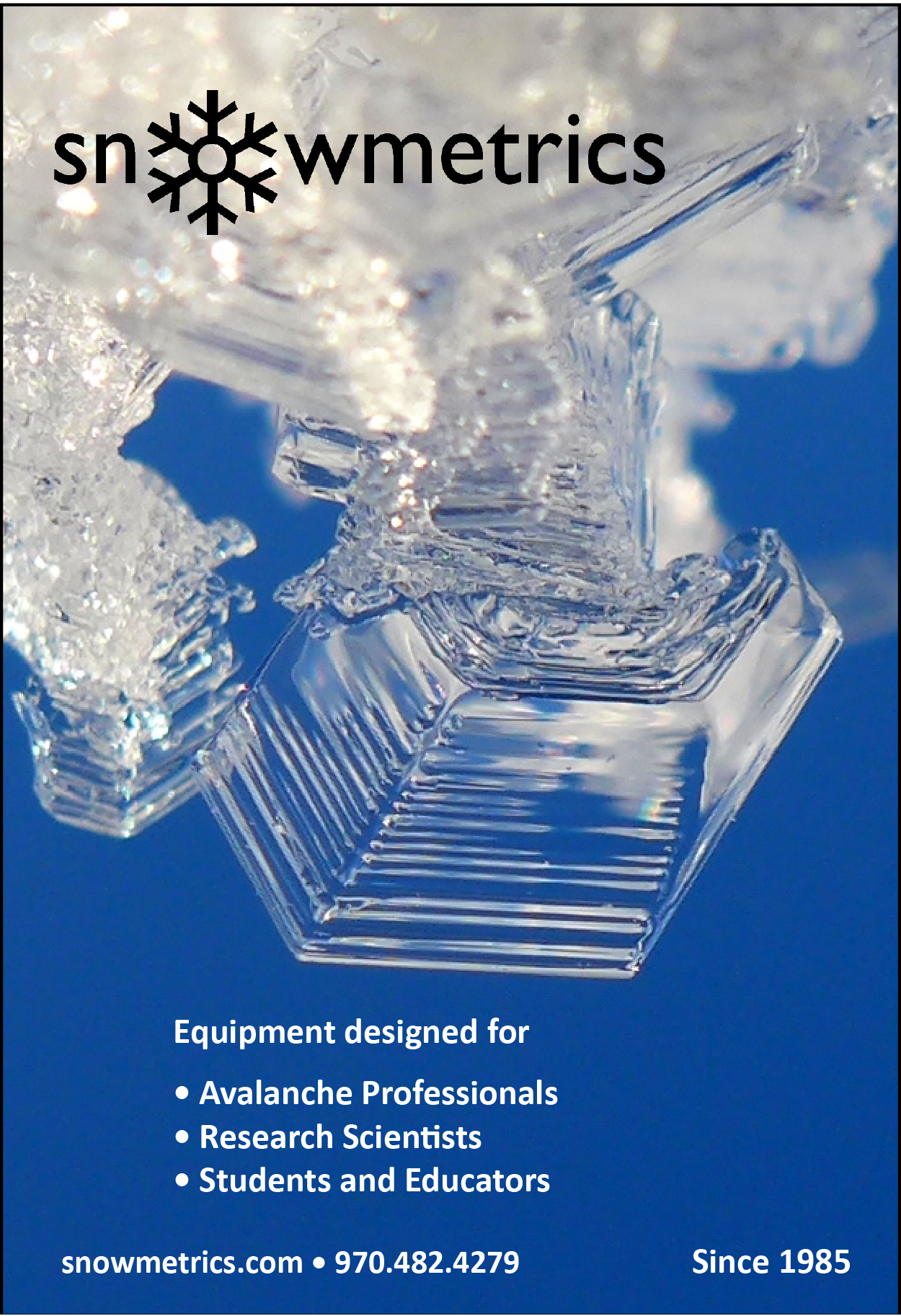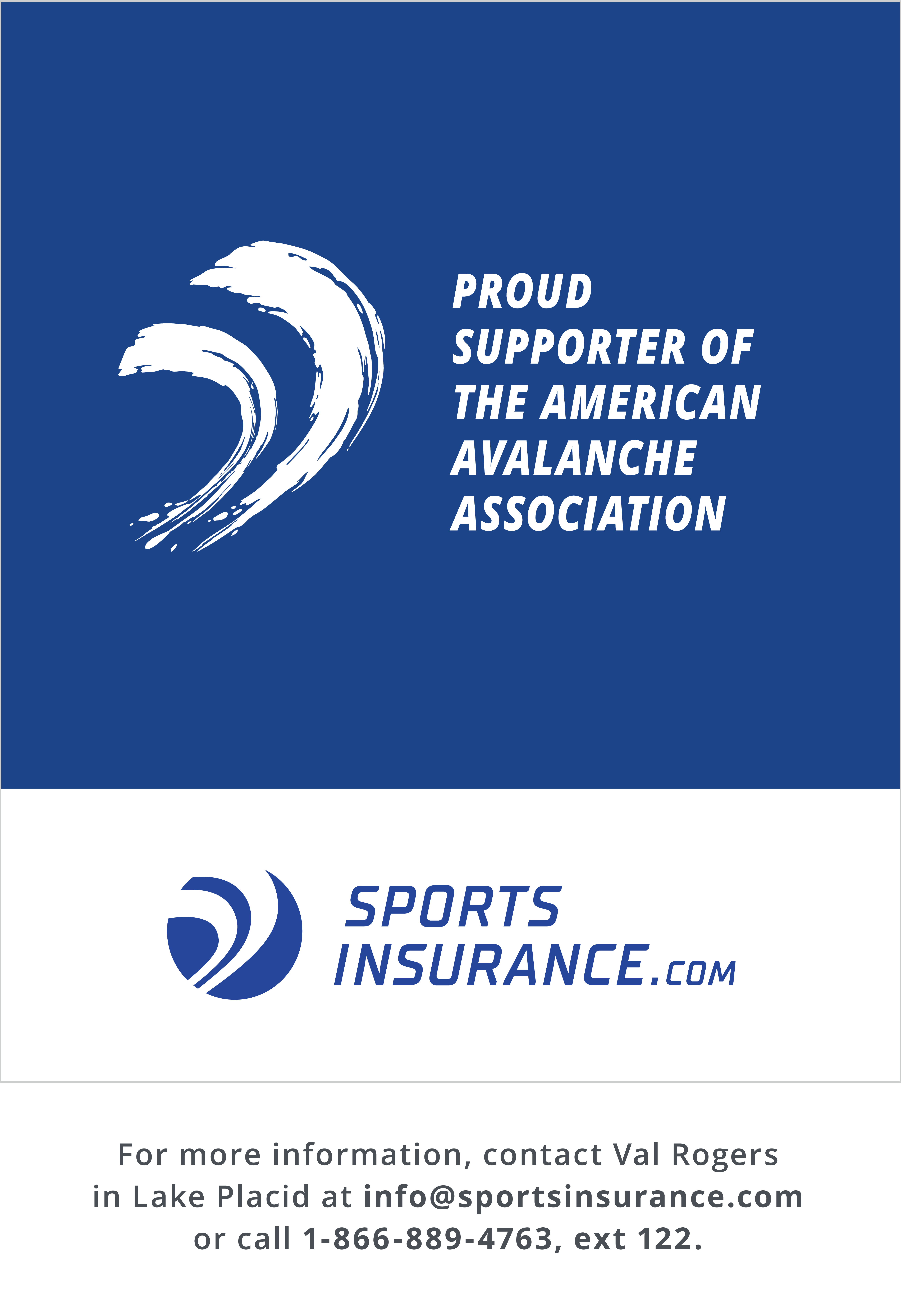Mountaineering historian Lowell Skoog recently sent the American Avalanche Association (A3) a recording of a phone interview he did with glaciologist and pioneering avalanche researcher Ed LaChapelle in 2001. During the 90-minute conversation, Lowell and Ed covered a wide range of topics, including early avalanche work at Alta during the postwar era and the invention of avalanche beacons (the “hot-dog” shaped Skadi). Some of Lowell’s notes from this interview were included in The Avalanche Review (TAR) issue 25.4, which was printed soon after Ed’s death on February 1, 2007. On the anniversary of Ed’s passing, we reflect on his impact on our industry, an undeniable presence still felt today. To commemorate Ed’s life and work, we wanted to share both the interview notes as well as the full recording.
We hope you enjoy this as much as we did!
LISTEN TO THE INTERVIEW:
LOWELL’S NOTES FROM THE INTERVIEW, ORIGINALLY PUBLISHED IN TAR 25.4:
Ed LaChapelle’s interest in mountaineering began when he was in high school in the early 1940s. In 1942 and 1943 he spent summers working for the national park company at Mt Rainier. He served in the Navy for two years (1944-46) after high school. He spent another summer at Mt Rainier after leaving the Navy. Ed got into skiing while in college at the University of Puget Sound (UPS), beginning in about 1947. He was active in skiing and mountaineering during college, making climbing trips to the Canadian Rockies and serving as climbing committee chairman for the Tacoma Mountaineers. In 1949, he graduated from UPS with degrees in physics and math.
SNOW AND AVALANCHE CAREER OVERVIEW
Ed spent the winter of 1950-51 at the Swiss Avalanche Institute in Davos. This experience led to a job with Monty Atwater at Alta, Utah in the fall of 1952. Atwater was a 10th Mountain Division veteran, about 20 years older than LaChapelle. Ed started at Alta doing general snow ranger work and assisting Atwater in avalanche studies. Later, Atwater transferred to Squaw Valley, California to lead U.S. Forest Service avalanche control efforts for the 1960 Olympic Games. Atwater stayed at Squaw Valley after the Olympics and it fell to Ed to carry on the research at Alta. Eventually, he spent all his time doing research, while day-to-day snow ranger work was handled by others.
For many years, Ed had parallel careers. In winter he was employed by the Forest Service doing snow and avalanche research in Utah. In the summer, he did glaciology studies. He began working for the American Geographical Society of New York in 1951. In 1952, he did research for this organization on the Juneau icecap in Alaska. In the summer of 1953, they sent him to the Greenland icecap. Later, he did glacier research for the University of Washington (UW). He was appointed to the UW faculty in 1967. He taught autumn and spring quarters at UW and continued working winters at Alta through 1972. During that year he spent time in Japan in support of the Sapporo Olympic Games.
From 1973-77, Ed was involved in avalanche studies at the Institute for Arctic and Alpine Research of the University of Colorado at Boulder. He spent winters at Silverton in the San Juan mountains. After 1978, he went on an extended leave of absence and in 1982 he retired formally from the UW faculty. He is now retired in McCarthy, Alaska, where he keeps track of the local glaciers and does a little consulting work. He is currently involved as a snow consultant with the architect designing the new visitor center at Paradise, to replace the Space Needle-like building put up in the 1960s. “The flying saucer decoy’s days are numbered,” he said.
POST-WAR SKI MOUNTAINEERING
We talked about the growth of the ski industry after World War II and the impact of the 10th Mountain Division. Ed noted that many of the people who got into the mountain troops were skiers to begin with. He thinks that after the war many of them would have gotten into the ski industry anyway. It was not their 10th Mountain experience that directed them that way. The real boost provided by the mountain troops was cheap equipment.
In the late 1940s you could buy boots, skis, and poles for $20, with a parka thrown in for good measure. That really boosted skiing.
Ed did some spring ski mountaineering in the late 1940s, while in college. He remembered a spring ski ascent of Mt St Helens, on the east side, near the Shoestring Glacier, probably in May. Everyone still used wood skis, but Ed had acquired a new epoxy ski base that you could paint onto the skis. It had a durable surface and you could put various climbing or downhill waxes on it. He recalled that the snow on St Helens had melted to expose a layer of volcanic dust on the surface. “I was astonished to get to the bottom of the mountain and find that my fancy epoxy ski base had vanished,” he said. The pumice had sanded it right off. “But I also remember it was excellent skiing.” Ed did a lot of ski mountaineering during summer research on the Juneau icefield in 1952, 1954, and 1956.
GENERAL POST-WAR AVALANCHE WORK
The ABCs of Avalanche Safety was a by-product of Ed’s original 1961 USFS avalanche handbook. Ed realized that “the avalanche handbook was all fine and good, but it seemed like there ought to be a handy pocket reference for people going out on a tour.” Ed wrote the original edition “off-hand in a couple weeks” in his spare time, and it has been going strong ever since, after several revisions. There were no compact books on avalanche safety at the time he wrote it, but there are several today.
I mentioned that although the 1950s have been described as the “dark ages” for ski mountaineering, they seemed to have been a boom period for avalanche studies. Ed said that in the 1950s and 1960s the Forest Service suddenly found that they owned a lot of avalanche paths that were being developed for ski areas. Ed was occasionally sent out to investigate prospective new ski areas in the intermountain area. He would make recommendations on how to lay out the area and so on.
It was easy to get explosives and artillery for avalanche work in the 1950s because it was war surplus. Ed recalled, “You could just call the Tolila ordinance depot and say I need some powder and they’d say, ‘Come out and get it.’ You could just take a government pickup out and fill it up.” TNT, tetrytol, plastic explosives, whatever you needed. Ed remembered a time when they went to get some explosives and the fellows said they’d just melted down and poured a lot of it, so “go help yourself from that pile over there.” They were 50-pound blocks. Ed replied that that wasn’t exactly what they had in mind. They were looking for something more like two-pound blocks. So the guys said, “Here, take this sledge hammer.” Ed explained that, being military explosives, the stuff could not be set off by impact or even rifle bullets.
BIRTH OF THE AVALANCHE TRANSCEIVER
Around 1968, Ed began experimenting with the use of a radio transmitter to locate a person buried in an avalanche. Ed built a tiny transmitter that operated in the broadcast radio band. It was about the size of a cigarette pack and could be put in your pocket. He used a small portable transistor radio to pick up the signal. He was trying to figure out how much power to use and what sort of antenna it needed to work well, but hadn’t advanced too far when he talked with John Lawton, a regular Alta skier. Lawton was an electrical engineer with some connection to Cornell University. (Ed thought he may have worked as a private consultant.) Lawton said, “I think I know a better way to do this.”
Lawton’s idea was to use an audio-frequency induction field, in which the strength of the field diminishes with the cube of the distance to the transmitter. By contrast, ordinary electromagnetic radiation diminishes with the square of the distance. The third-power relationship of the audio-frequency induction field makes its signal more sensitive to how close you are to the buried transmitter.
Lawton made several versions of the device and sent them to Ed to test. The first one had a wire coil about 15 inches in diameter which was intended to be sewn into the back of a parka. The transmitter and battery fitted into a pocket and the coil acted as the antenna. It worked great, Ed recalled, and had quite a long range, but wasn’t practical because it was integrated into a garment. The next version was what Ed called a “ferrite loop-stick thing” with a nice compact antenna. The first operating model was known as the “hot-dog Skadi.” It was long and narrow, about the size of a hot dog. Lawton continued to improve the design and started a company with his son to build and market Skadi avalanche transceivers. (I found a note about the Skadi in Summit, March 1971, page 29.)
The Skadi was the primary avalanche search beacon for a number of years. Ed recalled that the audio frequency induction signal was virtually free of interference and “would penetrate anything.” You could follow someone walking through a tunnel in bedrock with it while walking on the surface. The Swiss subsequently did a lot of research and eventually moved to a higher frequency (457 kHz) which has since become the international standard. The higher frequency gives better range with less power. The third-power relationship doesn’t apply for the newer higher frequency models, but they have other advantages. One is that they can use an entirely different antenna which is less sensitive to antenna size than the Skadi. Several companies in Europe and the U.S. now manufacture avalanche beacons.
AVALANCHE WORK IN WASHINGTON
Ed participated in a study of the North Cascades highway for the Washington state highway department. The engineering was complete at that point and the road was already under construction. Willow Milroy, chief research engineer for the Department of Transportation (DOT) realized “they were buying themselves into a lot of avalanche problems,” so she visited Ed at UW to request the study. He produced a thick report that included an atlas of avalanche paths, recommendations on how to set up control programs, maintenance requirements, and so on. The DOT used the report to argue against winter plowing of the highway because of
the cost. Ed noted that the hairpin turn below the Early Winters Spires gives avalanches two opportunities to hit the road, on either side of the switchback. He recalled that during the highway study he brought some visiting Japanese colleagues to Washington Pass to observe the avalanche problems. “They looked around,” recalled Ed, “and saw how the road comes up the west side and goes down the east side. Then they shook their heads and said, ‘We would tunnel.’”
During the controversy in the 1970s over developing an open pit copper mine on Miners Ridge in the Glacier Peak Wilderness Area, I remembered reading a letter to the editor of the Seattle Times from Ed pointing out that the proposed mine was located in a huge avalanche path. Ed said he remembered writing that letter. He’d never made a formal study of the area, but when he saw a picture of it in the newspaper, it was just an obvious case of somebody looking for trouble, so he felt obliged as a citizen to point this out.
As a result of the work Ed did for the Washington state DOT on the North Cascades highway, the state became more interested in snowfall and avalanche forecasting. Pam Hayes, one of Ed’s graduate students at UW, did work on detailed snowfall forecasting for the Cascades
that was quite successful. The highway department was able to demonstrate that they could save a lot of money deploying highway crews if they had more accurate snowfall forecasts. Around the same time they started considering the possibility of central avalanche forecasting. Mark Moore and Rich Marriot, two of Ed’s graduate students in geophysics and atmospheric sciences, did masters theses related to avalanche studies. Their timing was just right. According to Ed, “The highway department pirated their masters theses and turned them into a couple of jobs.” That was the birth of the Northwest Weather and Avalanche Center.
AVALANCHE SAFETY EDUCATION
In the early years, avalanche training was mostly for snow rangers and professional ski patrollers. The Forest Service avalanche school has a long history. Monty Atwater started it and Ed helped develop it. Today there are many safety courses for recreationists taught by private industry. We talked about some of the new systems for avalanche hazard evaluation and Ed offered this bit of wisdom:
“There’s a lot of basic common sense and good judgment factors that you don’t have to have a slide rule to use. I always emphasize to people that the important thing is terrain recognition. Good route finding is the secret of staying out of avalanche trouble. Especially if you’re going to an area where you haven’t been and nobody else has been, where there’s no data. You can’t try to outguess the snow. You may stop and poke around, maybe even dig a pit, but well, that’s some evidence, but you still have to make some practical decisions on the next slope you’re going to cross, and it could be entirely different. Whenever I work with people on avalanche education, I put a strong emphasis on safe route-finding.” ⬢
HEADER PHOTOS: Provided for TAR 25.4 by David LaChapelle

